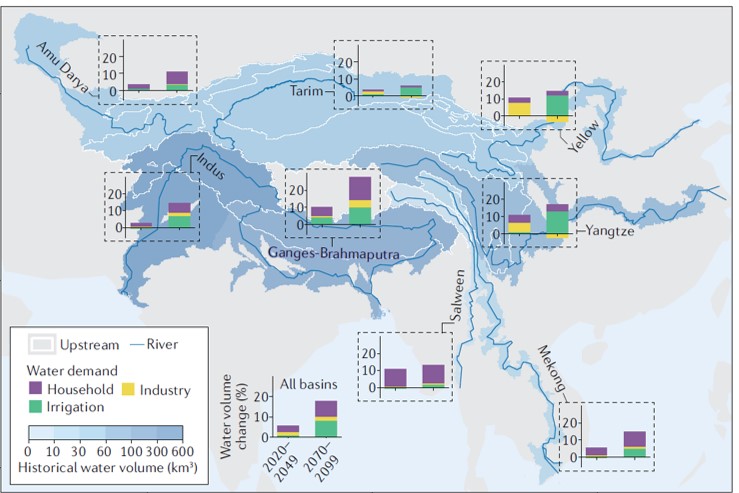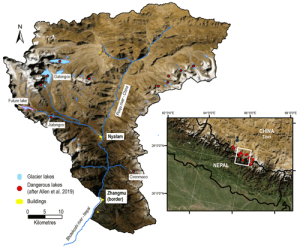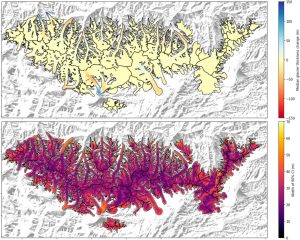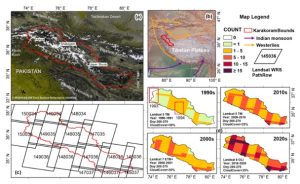The Hindu Kush–Karakoram–Himalayan system, named the Third Pole because it is the largest global store of frozen water after the polar regions, provides a reliable water supply to almost 2 billion people. Marked atmospheric warming has changed the balance of this so-called Asian water tower and altered water resources in downstream countries. In this Review, we synthesize observational evidence and model projections that describe an imbalance in the Asian water tower caused by accelerated transformation of ice and snow into liquid water. This phase change is associated with a south–north disparity due to the spatio-temporal interaction between the westerlies and the Indian monsoon. A corresponding spatial imbalance is exhibited by alterations in freshwater resources in endorheic or exorheic basins. Global warming is expected to amplify this imbalance, alleviating water scarcity in the Yellow and Yangtze River basins and increasing scarcity in the Indus and Amu Darya River basins. However, the future of the Asian water tower remains highly uncertain. Accurate predictions of future water supply require the establishment of comprehensive monitoring stations in data-scarce regions and the development of advanced coupled atmosphere–cryosphere–hydrology models. Such models are needed to inform the development of actionable policies for sustainable water resource management.
Reference: Yao, T., Bolch, T., Chen, D., Gao, J., Immerzeel, W., Piao, S., Su, F., Thompson, L., Wada, Y., Wang, L., Wang, T., Wu, G., Xu, B., Yang, W., Zhang, G., Zhao, P. (2022). The imbalance of the Asian water tower. Nature Reviews Earth & Environment. https://doi.org/10.1038/s43017-022-00299-4
See press reaction here




